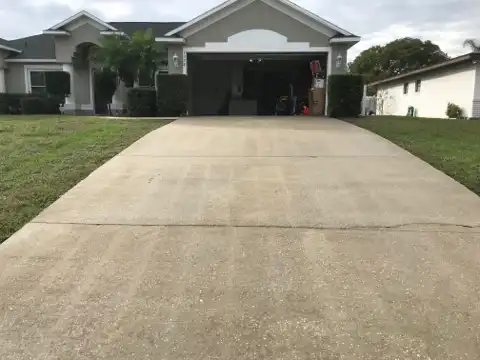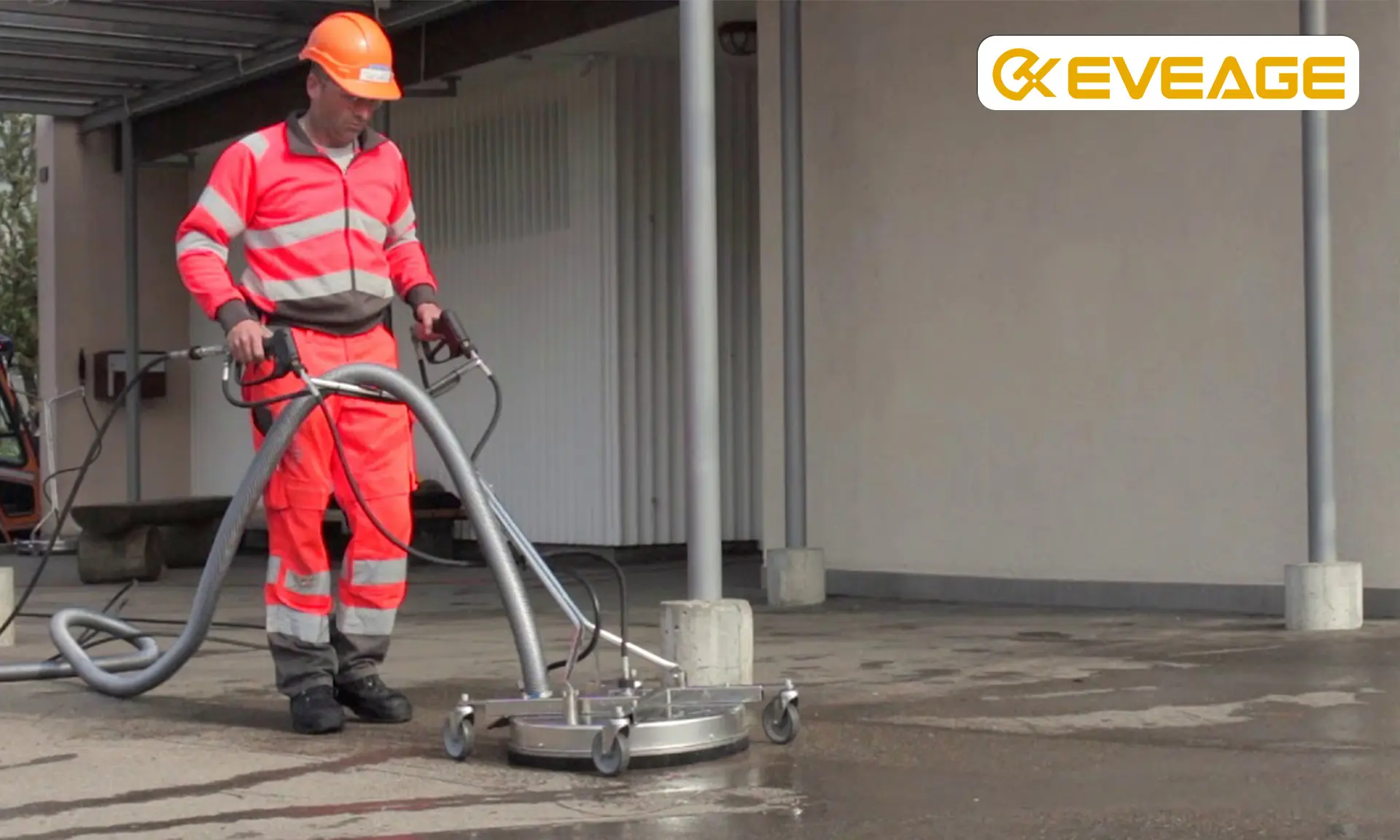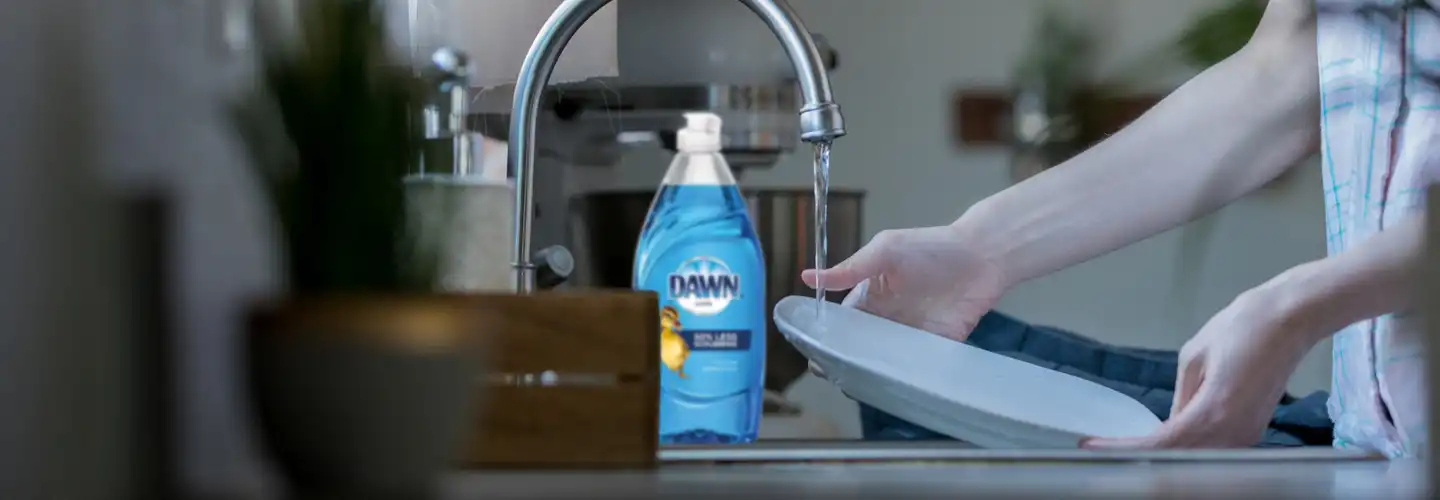Introduction and surface cleaner tips
If you’ve just started using a surface cleaner, you might be wondering why it’s leaving stripes. As we’ve learned in this blog post, there are several possible causes of striping but in most cases the problem is quite easily solved by adjusting your pressure washer or surface cleaner.
Dirt.
If you are using a surface cleaner, or the rotating brush setting is on the surface cleaner, and there are still streaks then either:
-
The dirt has not been removed from your concrete.
-
You aren’t using enough soap in your solution.
Water Pressure.
Water pressure is the most important factor in achieving a clean surface. Your pool’s water pressure needs to be high enough to force the detergent through the filter, or else it will be wasted on your walls and floor instead of leaving them sparkling clean.
If you have dirty surfaces and need more time, try using less detergent. If all else fails and nothing seems to be helping, contact us! We’ll help you find the right solution for your surface cleaner problems.
Surface Cleaner Nozzle.
The surface cleaner nozzle is the part that cleans the floor. The nozzle tip size and type are related to how much cleaning solution is released from the nozzle. If you have a small, round nozzle tip, it will release more solution than a large, flat one.
If your surface cleaner has been spraying too much product onto your floor, it may be time for a replacement nozzles! To replace them:
Wrong Or Faulty Nozzle Tip Size/Type.
The following are some of the possible causes for leaving streaks on your surface:
-
Wrong or faulty nozzle tip size/type. The wrong nozzle tip can cause streaking as it may not be able to clean something properly. It can also cause you to use too much pressure, which increases the probability of damaging your surface and leaving streaks. Sometimes, this is caused by a clogged filter in your washing machine that needs to be replaced with a new one from our website! If you’re still experiencing problems after upgrading this part, then continue reading below for more ideas about how we can help solve these issues together!
-
Too much detergent being used during washing process (this also applies if you aren’t using enough water when rinsing off dirty clothes). This problem can occur when either too much detergent has been added into the drum prior to starting wash cycle OR if consumers do not use sufficient amount of water when rinsing out dirty clothes after washing cycle has finished running through its course(s). We recommend checking both these conditions first before making any other changes – because once again…you might need just one simple fix instead!
Detergent Concentration.
Detergent concentration is the ratio of detergent to water. This is important to get the best results. Too low concentration will not clean your surface and too high often damages it.
Detergents are designed with specific chemical properties that allow them to remove dirt, grime and stains from a surface without damaging that same surface. The most important property for pressure washer detergents is their ability to “cut” through oil, grease and dirt on contact so that it can be easily washed away by rinsing or centrifugal force (spinning).
Stiffer Brushes.
If your surface cleaner is leaving stripes, there are a few things you can try.
Use a softer brush for delicate surfaces and materials: If you have sensitive floors, use a soft-bristled brush to clean them. This will allow the bristles to more effectively remove dirt without causing damage to the flooring itself.
Use a softer brush for delicate surfaces: If your countertops are made of marble or granite, use an old toothbrush (yes, really!) as opposed to an abrasive sponge or sponge mop with stiff bristles on it because this will help prevent scratches on those shiny surfaces.
Drips.
If you’ve got a high-pressure washer, your next step is to make sure it’s set up correctly. The pump needs to be in good shape for the most part. If it’s not up to par, you may want to try calling a professional or take it into a local shop for maintenance.
If this isn’t an option, there are some things you can do yourself:
-
Make sure your nozzle isn’t clogged with dirt or debris. The spray pattern should be flat and wide so that water spreads across the surface evenly—not in concentrated droplets that get trapped by other surfaces and left behind when they dry out (which leads us back around again).
-
Use proper pressure when spraying the surface cleaner downward onto your driveway or sidewalk—that means at least 3 bar of pressure (but no more than 4 bar).
The most common causes of striped pressure washing is usually a simple fix and normally requires that you adjust the psi./gallons per minute (gpm)
-
Use a surface cleaner with a 15 degree spray tip. A lower angle will produce more even coverage, and that’s what you need to avoid stripes.
-
Use a high pressure washer. The higher the psi./gpm (gallons per minute) the better your results will be when it comes to achieving an even cleaning job.
-
Use a surface cleaner with wheels instead of one which must be carried manually around the house or yard by hand. Wheels are easier to control and maneuver around obstacles like tree stumps and boulders while still providing excellent mobility on flat surfaces like sidewalks and driveways, making them less likely than handheld models to leave marks behind during use as well as less prone to causing back injuries from repeated lifting or movement over long distances throughout an entire property.”
Conclusion
The most common causes of striped pressure washing is usually a simple fix and normally requires that you adjust the psi./gallons per minute (gpm).




